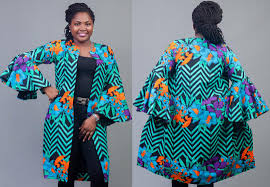There’s a certain poetry when the weather flits from one extreme to another. Snow in April; bitterly cold winds one minute, then blazing hot sun the next. But in terms of dictating a dress code for the day, it is useless. Boots worn in preparation for wet, sludgy mud can be made redundant when on a scorching pavement. Woolly beanies stay in “just in case” day bags but don’t see the light of day for weeks.
We’ve discussed layering before, but the problem with that is you end up with a growing armful of clothes as the heat of the day increases.
Jackets are, I’ve found, the biggest puzzle to which there is no obvious solution. Especially in spring and summer. It feels as if there is no single jacket that will solve all your weather needs. I’ve spent the good part of a year in denim jackets, windbreakers, or a cotton-mix chore jacket. I wore them because they generally solved the weather problem without being overbearing. But they, have never completely satisfied me.
In Japan, they’ve solved this problem with the haori, a jacket popularised in the Edo period, when it was worn by the merchant-class workers. Centuries later, now westernized into the kimono jacket, it is somewhere between a heavy shirt and a bathrobe, and it works beautifully. As seen on the catwalks of Martine Rose and Dunhill, it is more persuasive than a shacket and contains more subtle charms than an overshirt; with its single tie, it feels simple and graceful. Memories of Bowie and Lindsey Buckingham in silk kimono shirts float up to the surface but, speaking technically, this is strictly “workwear” – though only for the type of labour that involves pincer-sharp accuracy and delicacy, such as working in a kitchen as a sous-chef.
Perhaps I’ll never find one jacket that works for all seasons. But maybe that’s OK, especially if I’ve got something as beautiful as a kimono jacket on my back.
More to read:
6 Red Flags You are Hiring a Wrong SEO Agency

